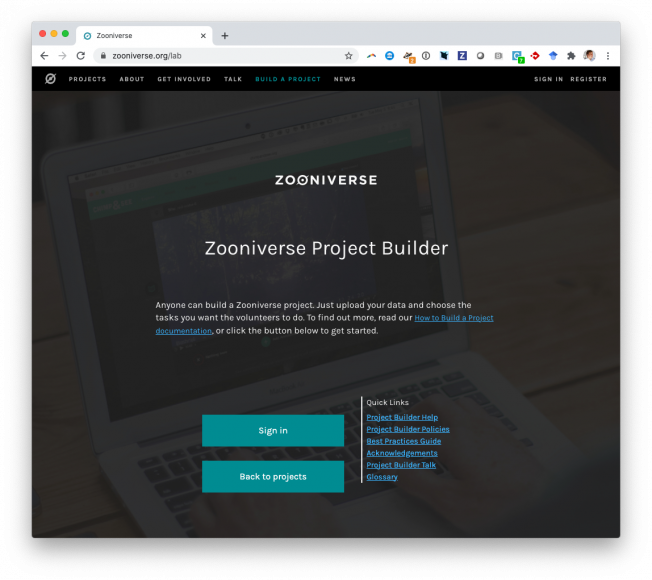Galaxy Zoo: The properties of merging galaxies in the nearby Universe - Local environments, colours, masses, star formation rates and AGN activity
Monthly Notices of the Royal Astronomical Society 401:3 (2010) 1552-1563
Abstract:
Following the study of Darg et al., we explore the environments, optical colours, stellar masses, star formation and active galactic nucleus activity in a sample of 3003 pairs of merging galaxies drawn from the Sloan Digital Sky Survey using visual classifications from the Galaxy Zoo project. While Darg et al. found that the spiral-to-elliptical ratio in (major) mergers appeared higher than that of the global galaxy population, no significant differences are found between the environmental distributions of mergers and a randomly selected control sample. This makes the high occurrence of spirals in mergers unlikely to be an environmental effect and must therefore arise from differing time-scales of detectability for spirals and ellipticals. We find that merging galaxies have a wider spread in colour than the global galaxy population, with a significant blue tail resulting from intense star formation in spiral mergers. Galaxies classed as star-forming using their emission-line properties have average star formation rates approximately doubled by the merger process though star formation is negligibly enhanced in merging elliptical galaxies. We conclude that the internal properties of galaxies significantly affect the time-scales over which merging systems can be detected (as suggested by recent theoretical studies) which leads to spirals being 'over-observed' in mergers. We also suggest that the transition mass 3 × 1010 M⊙, noted by Kauffmann et al., below which ellipticals are rare could be linked to disc survival/destruction in mergers. © 2009 RAS.Galaxy zoo: The fundamentally different co-evolution of supermassive black holes and their early- and late-type host galaxies
Astrophysical Journal 711:1 (2010) 284-302
Abstract:
We use data from the Sloan Digital Sky Survey and visual classifications of morphology from the Galaxy Zoo project to study black hole growth in the nearby universe (z < 0.05) and to break down the active galactic nucleus (AGN) host galaxy population by color, stellar mass, and morphology. We find that the black hole growth at luminosities >1040erg s-1 in early- and late-type galaxies is fundamentally different. AGN host galaxies as a population have a broad range of stellar masses (1010-10 11M ⊙), reside in the green valley of the color-mass diagram and their central black holes have median masses around 10 6.5M ⊙. However, by comparing early- and late-type AGN host galaxies to their non-active counterparts, we find several key differences: in early-type galaxies, it is preferentially the galaxies with the least massive black holes that are growing, while in late-type galaxies, it is preferentially the most massive black holes that are growing. The duty cycle of AGNs in early-type galaxies is strongly peaked in the green valley below the low-mass end (1010M ⊙) of the red sequence at stellar masses where there is a steady supply of blue cloud progenitors. The duty cycle of AGNs in late-type galaxies on the other hand peaks in massive (10 11M ⊙) green and red late-types which generally do not have a corresponding blue cloud population of similar mass. At high-Eddington ratios (L/L Edd>0.1), the only population with a substantial fraction of AGNs are the low-mass green valley early-type galaxies. Finally, the Milky Way likely resides in the "sweet spot" on the color-mass diagram where the AGN duty cycle of late-type galaxies is highest. We discuss the implications of these results for our understanding of the role of AGNs in the evolution of galaxies. © 2010 The American Astronomical Society.Tasking Citizen Scientists from Galaxy Zoo to Model Galaxy Collisions
GALAXY WARS: STELLAR POPULATIONS AND STAR FORMATION IN INTERACTING GALAXIES 423 (2010) 217-+
Tasking Citizen Scientists from Galaxy Zoo to Model Galaxy Collisions: Preliminary Results, Interface, Analysis
GALAXY WARS: STELLAR POPULATIONS AND STAR FORMATION IN INTERACTING GALAXIES 423 (2010) 223-+
Galaxy Zoo: Exploring the Motivations of Citizen Science Volunteers
ArXiv 0909.2925 (2009)



